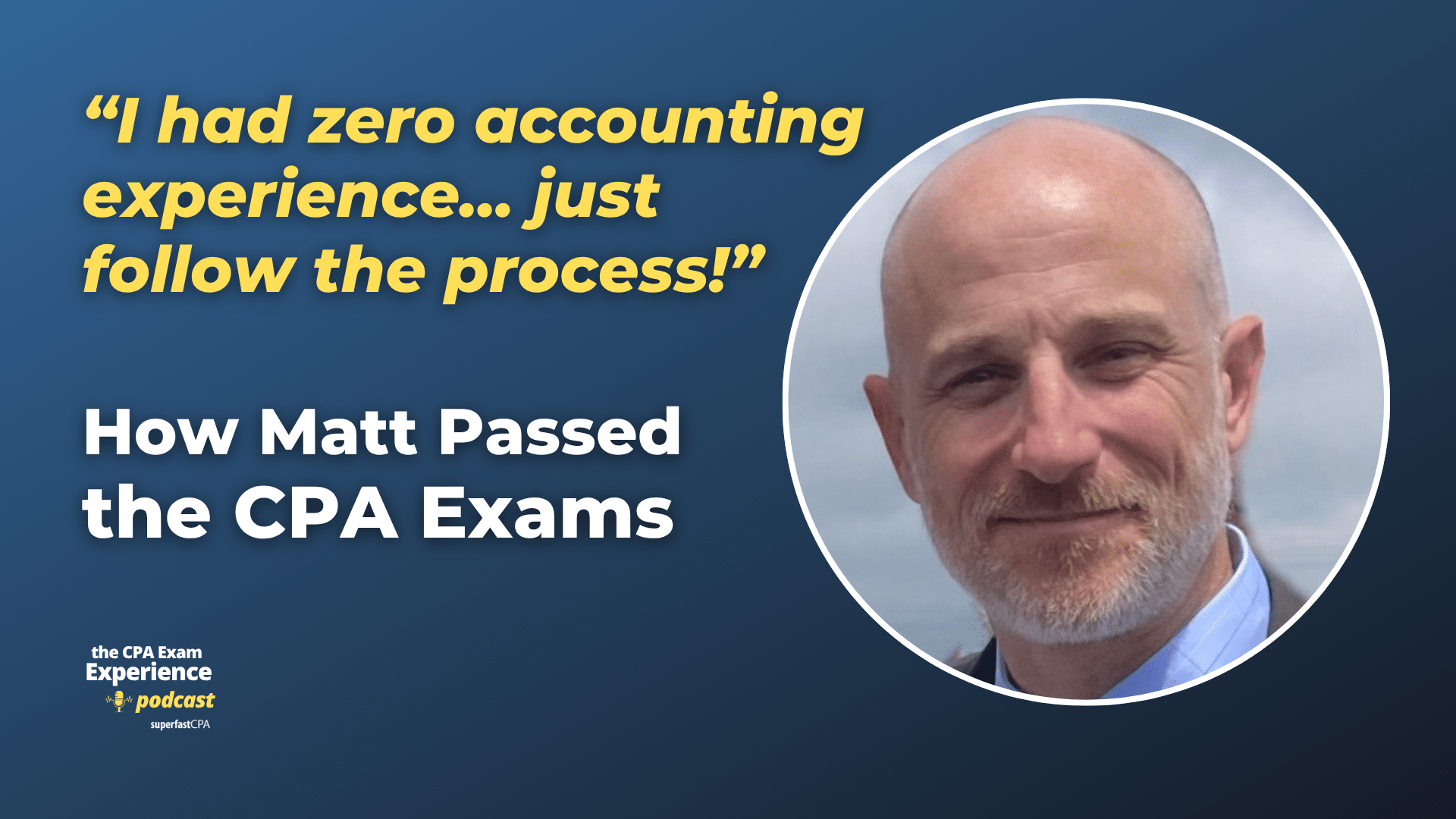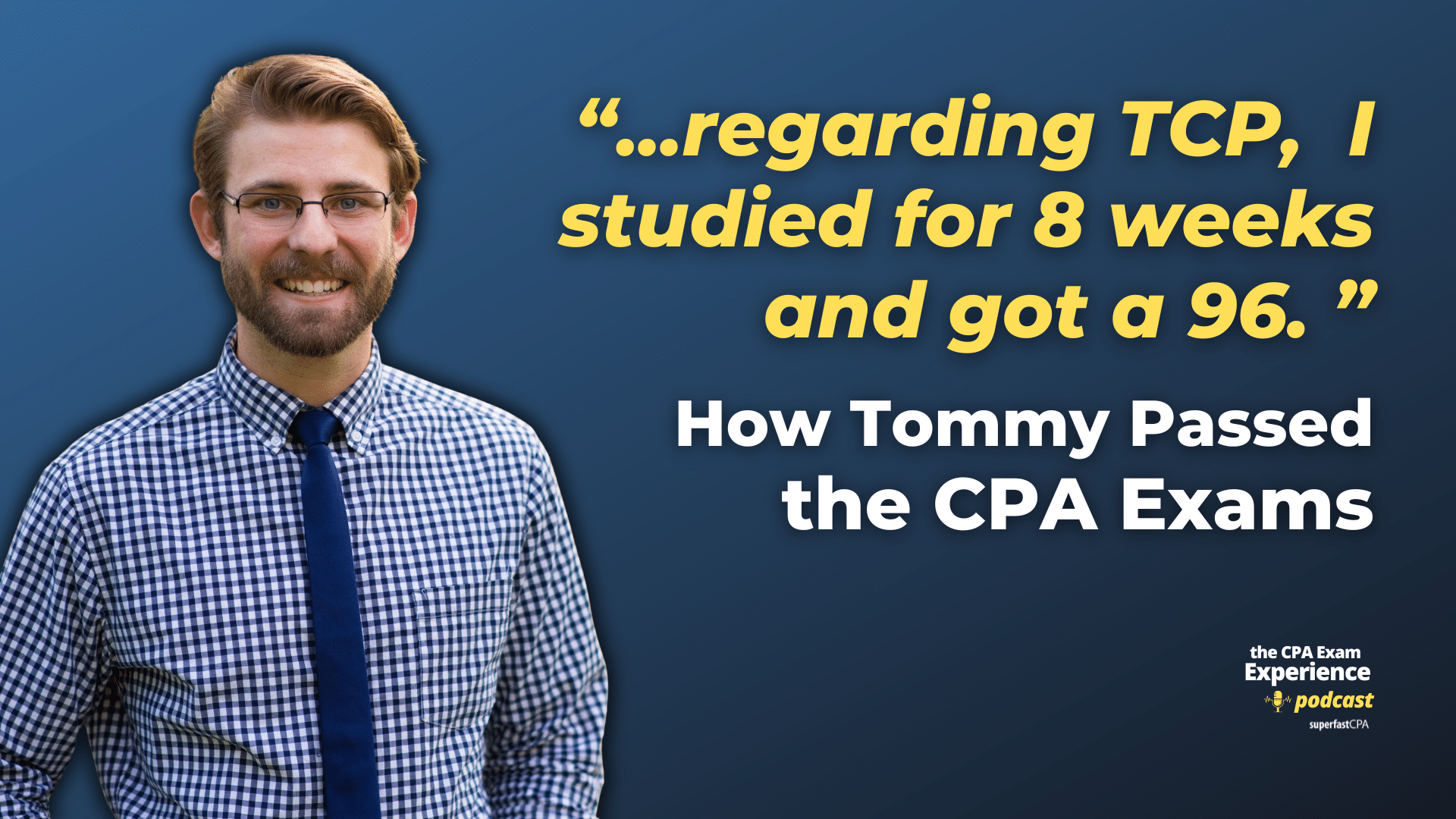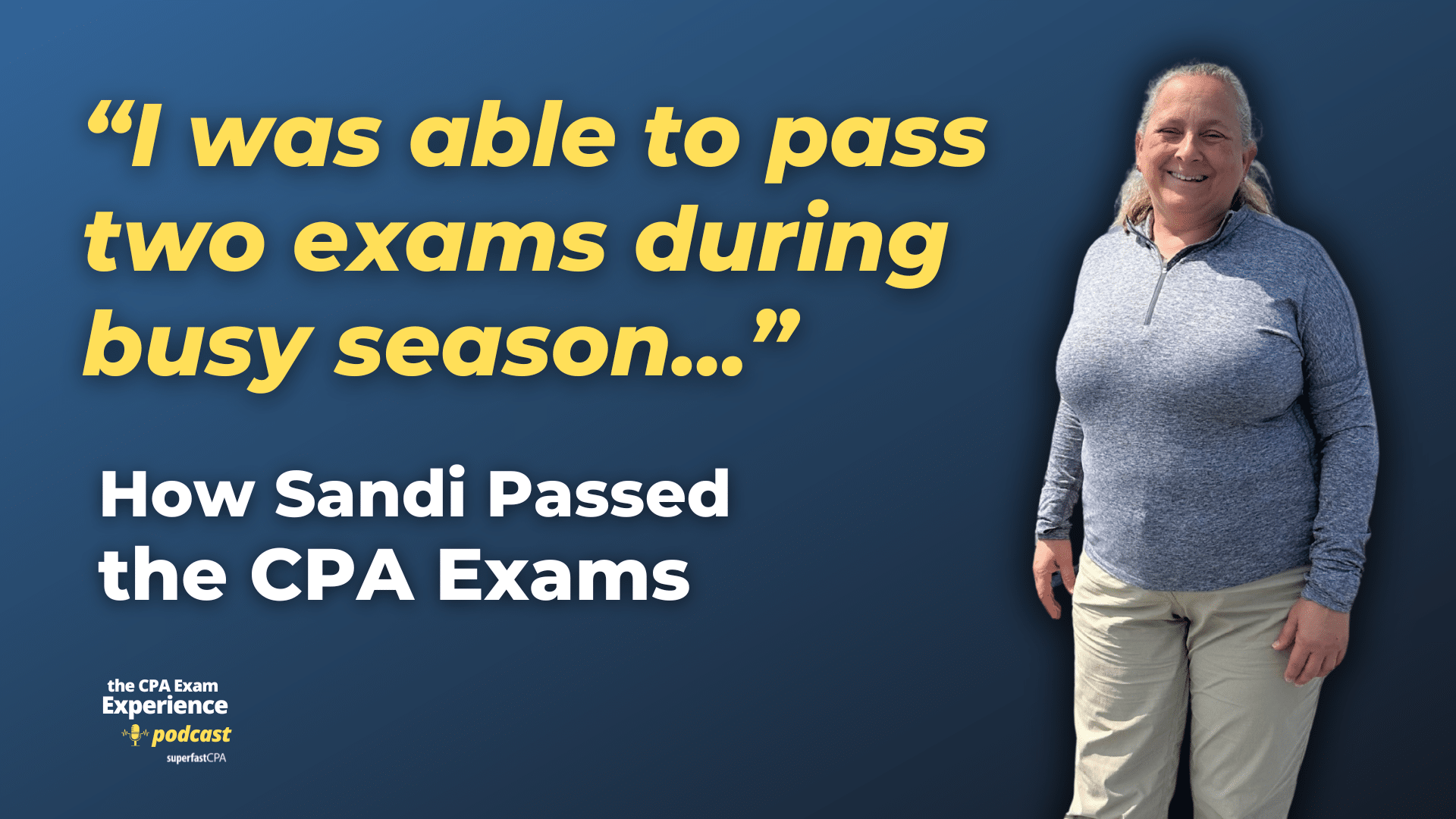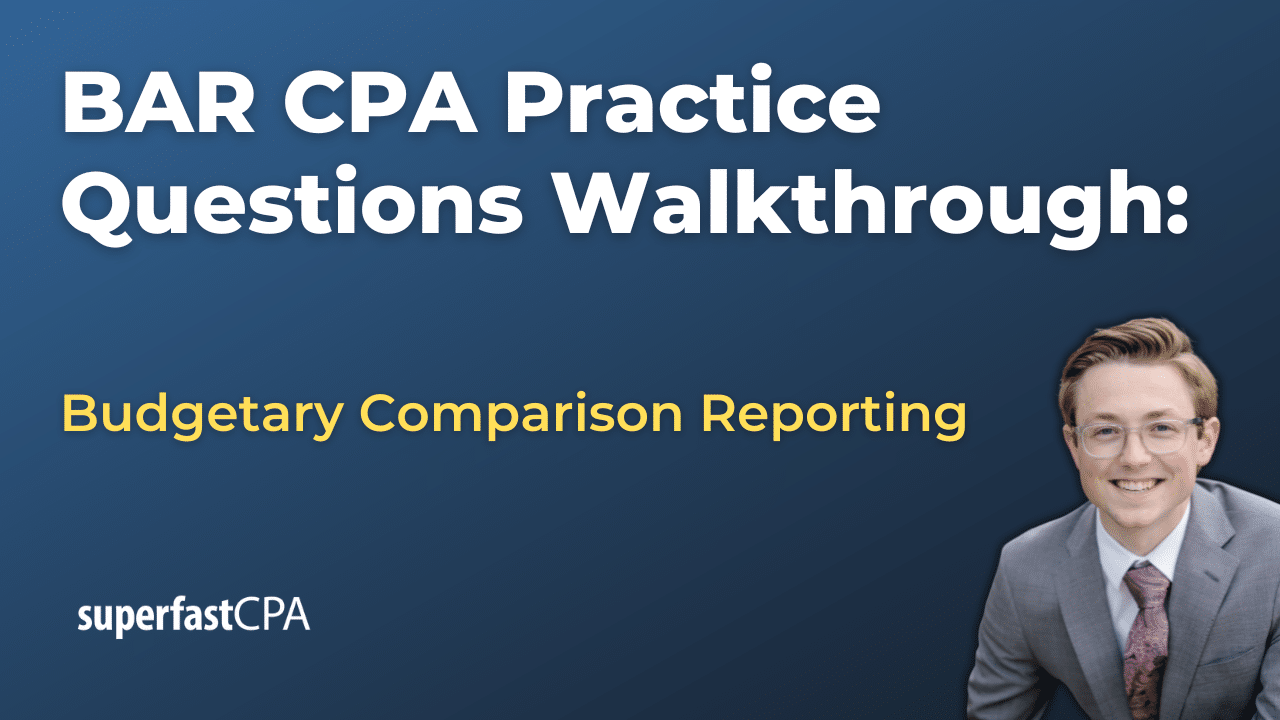Life Cycle Costing
Life Cycle Costing (LCC) is a cost management approach which includes all the costs associated with a product, service, or asset over its lifespan. The purpose of this method is to provide a clear picture of the total cost of ownership, and not just the initial or upfront costs.
The LCC analysis includes costs from the inception of the product or asset, including design and development, construction, operation, maintenance, repair, and even disposal costs at the end of its life. By understanding these costs, a business or individual can make more informed decisions about whether to invest in a particular product, project, or asset.
This type of costing is particularly useful in capital budgeting decisions, where organizations need to assess the potential return on investment from various options. It’s commonly used in sectors where significant initial investments are required and the products or projects have long lifespans, such as construction, transportation, and manufacturing.
For example, when evaluating different building designs, a company would consider not just the initial construction costs, but also ongoing maintenance, the expected life of the building, the potential for future upgrades or renovations, and even the cost to demolish and dispose of the building materials at the end of its life. This would provide a more comprehensive view of the financial implications of each design option.
It’s important to note that life cycle costing involves making predictions about future costs, which introduces some degree of uncertainty and risk into the analysis. This should be factored into any decision-making process.
Example of Life Cycle Costing
Let’s consider an example involving a decision to purchase a new fleet of vehicles for a delivery company.
The company is considering two options: conventional gasoline-powered vans or electric vans. The initial purchase price for each gasoline-powered van is lower ($30,000 per van compared to $40,000 per electric van). However, the company knows from experience that gasoline, maintenance, and repair costs are typically high for the conventional vans. The electric vans, on the other hand, have lower fueling and maintenance costs but a higher upfront price.
The company might perform a life cycle cost analysis as follows for a projected use over 5 years:
Gasoline-powered van:
- Initial purchase cost: $30,000
- Fuel cost per year: $3,000
- Maintenance and repair cost per year: $1,000
Total 5-year cost: $30,000 + ($3,000 + $1,000) * 5 = $50,000
Electric van:
- Initial purchase cost: $40,000
- Electricity cost per year: $1,000
- Maintenance and repair cost per year: $500
Total 5-year cost: $40,000 + ($1,000 + $500) * 5 = $47,500
Despite the higher upfront cost, the electric van has a lower total cost of ownership over 5 years when considering fuel and maintenance costs. Therefore, from a life cycle cost perspective, it would be more cost-effective to invest in the electric vans.
Keep in mind this is a simplified example and real-life decisions often involve additional factors such as the cost of financing, the time value of money, tax implications, and environmental considerations. Nonetheless, it gives you a basic understanding of how life cycle costing can impact decision-making.









